Individual Sartù di Riso to simplify divisions on a festive day with many guests and numerous courses. This fantastic main course is also called the dish of deception and immediately from the name, it is clear where sartù comes from, in French ‘sour tout’ which would translate to over everything. During the Arab domination, rice gained favorable feedback in Sicily and only there in all of the south, including the Kingdom of Naples, it was brought there. People preferred pasta even though rice was prescribed by the Salernitan Medical School as medicine for the sick. Therefore, sartù was created out of a necessity to adapt this food to the court of Queen Maria Carolina. The cooks created sartù with many ingredients to hide the rice, enriching it with various ingredients. The 18th-century recipe also included chicken livers in the filling and two versions, one with sauce and a white version.
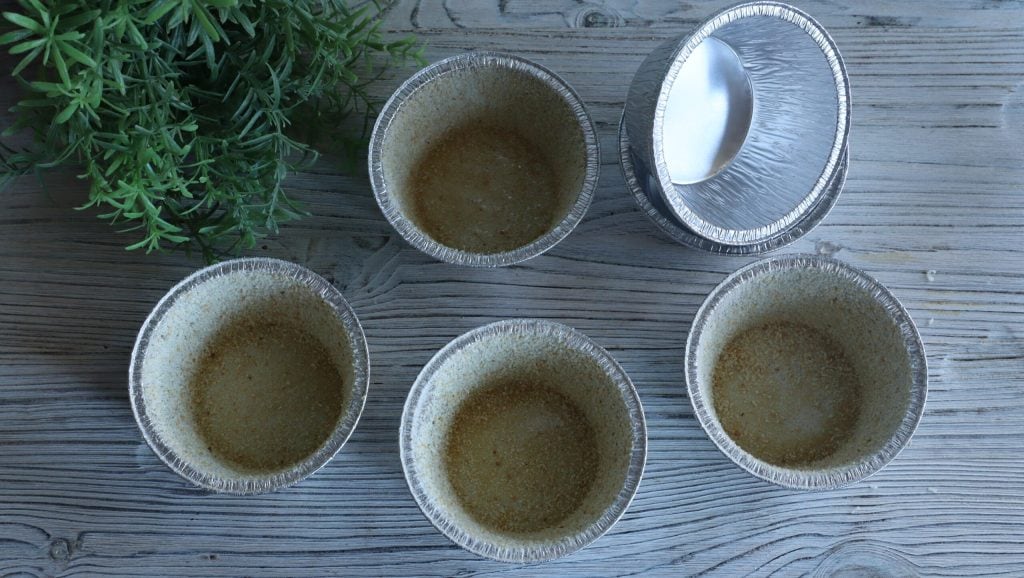
- Difficulty: Medium
- Cost: Medium
- Preparation time: 50 Minutes
- Portions: 6
- Cooking methods: Oven, Frying, Stove
- Cuisine: Regional Italian
- Region: Campania
- Seasonality: All seasons
- Energy 785.83 (Kcal)
- Carbohydrates 49.07 (g) of which sugars 2.63 (g)
- Proteins 36.21 (g)
- Fat 49.00 (g) of which saturated 13.92 (g)of which unsaturated 20.26 (g)
- Fibers 2.56 (g)
- Sodium 1,850.05 (mg)
Indicative values for a portion of 230 g processed in an automated way starting from the nutritional information available on the CREA* and FoodData Central** databases. It is not food and / or nutritional advice.
* CREATES Food and Nutrition Research Center: https://www.crea.gov.it/alimenti-e-nutrizione https://www.alimentinutrizione.it ** U.S. Department of Agriculture, Agricultural Research Service. FoodData Central, 2019. https://fdc.nal.usda.gov
Ingredients to prepare individual sartù di riso
- 10.5 oz ground beef
- 1 egg
- 1 oz grated parmesan cheese
- 0.7 oz breadcrumbs
- 0.2 oz salt
- 0.35 oz flour
- 2.75 oz vegetable oil (for frying the meatballs)
- 4.2 oz frozen peas
- 0.9 oz dried porcini mushrooms
- 1.75 oz onion (chopped)
- 1 oz extra virgin olive oil
- 1.4 oz tomato paste
- 1 cup water
- 7 oz sausage
- 0.2 oz salt
- 1 pinch pepper
- 10.5 oz parboiled rice
- 1.7 cups water
- 1 oz butter
- 1 oz grated parmesan cheese
- 2.8 oz provola cheese
- 1 tsp salt
- 2 eggs
Tools to prepare individual sartù di riso
- 12 Baking Cups
- Frying Pan
- Small Pot
- Wooden Spoon
- 2 Bowls
Steps
Prepare the small meatballs by mixing the ground beef with the egg and parmesan, the breadcrumbs with the salt, and form very tiny balls as small as you can.
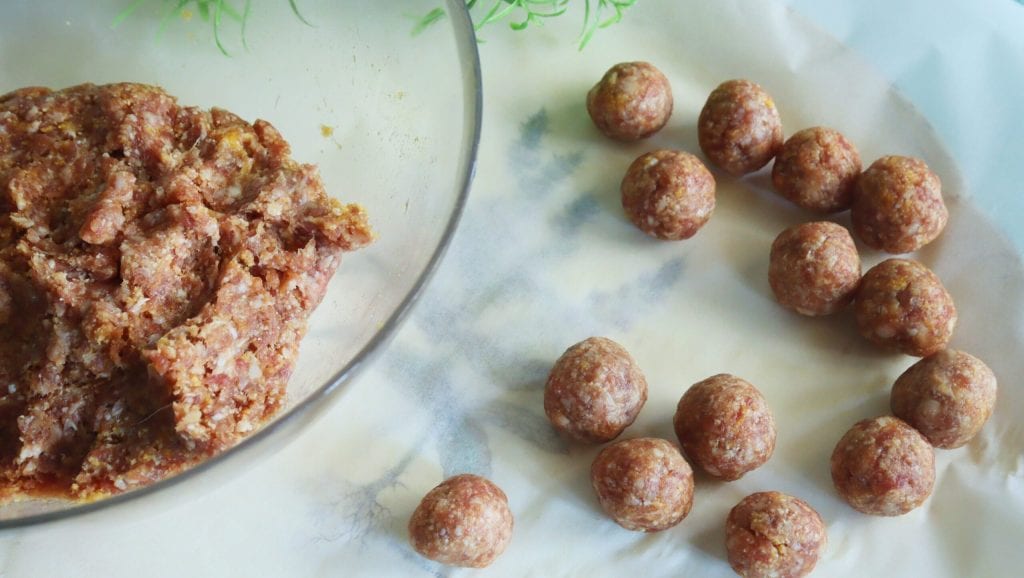
On the same tray with the meatballs, add the flour and without touching them, shake the tray to roll them back and forth.
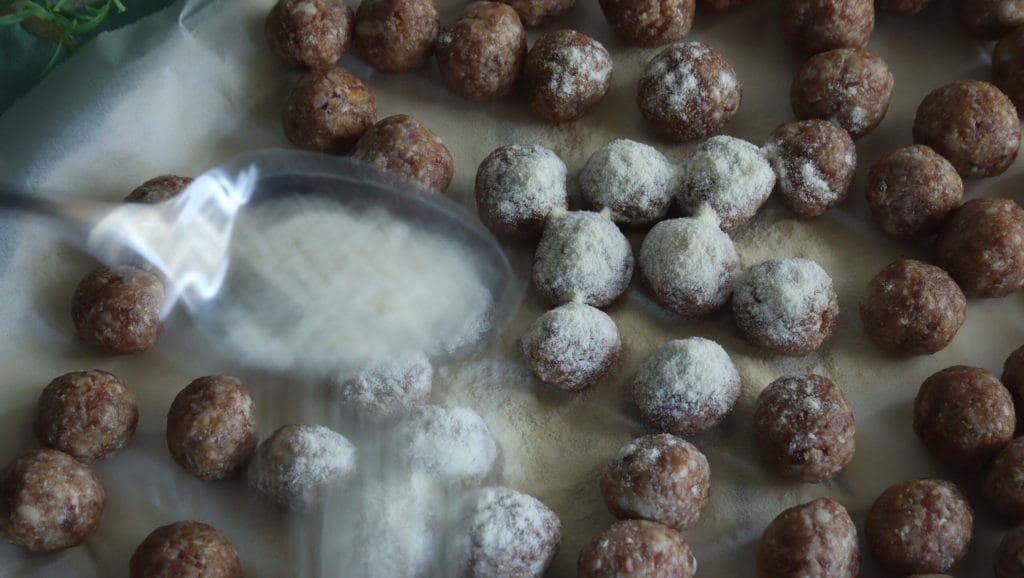
You will see that they will all be perfectly floured.
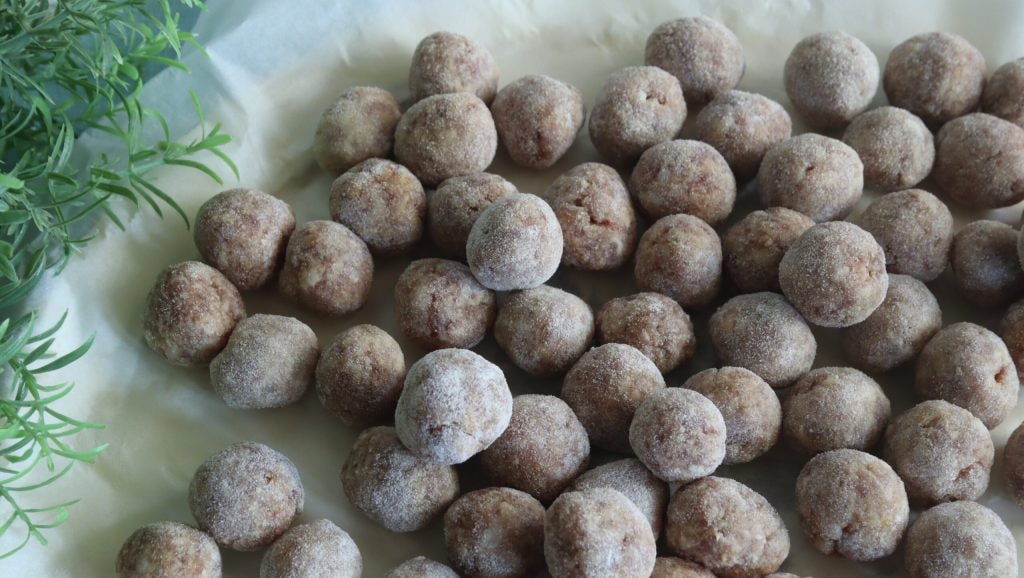
Heat the oil in a frying pan and brown the meatballs.
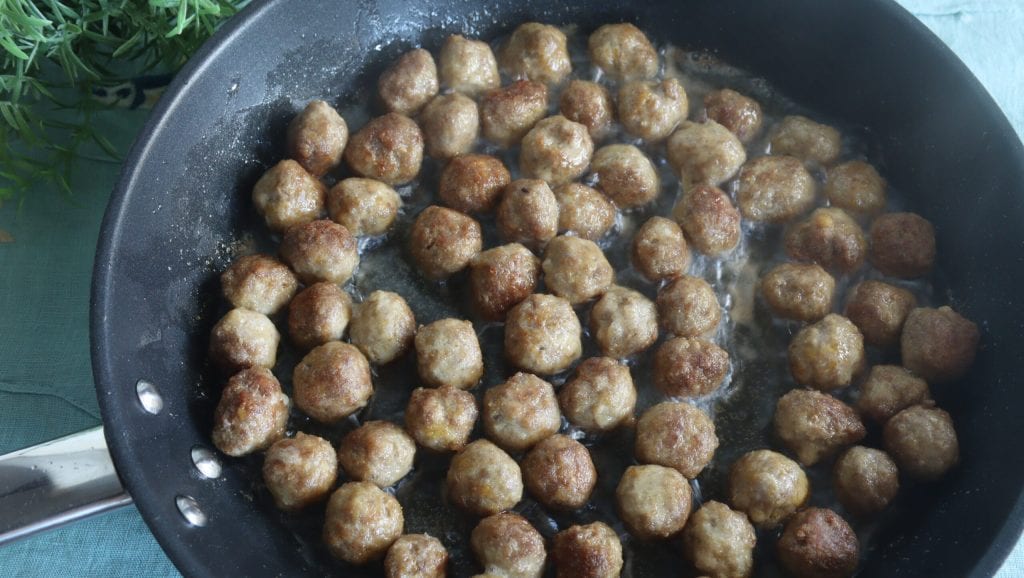
Place the meatballs on a plate with paper towels and dry the frying pan with a paper towel and reuse it to prepare the sartù di riso filling.
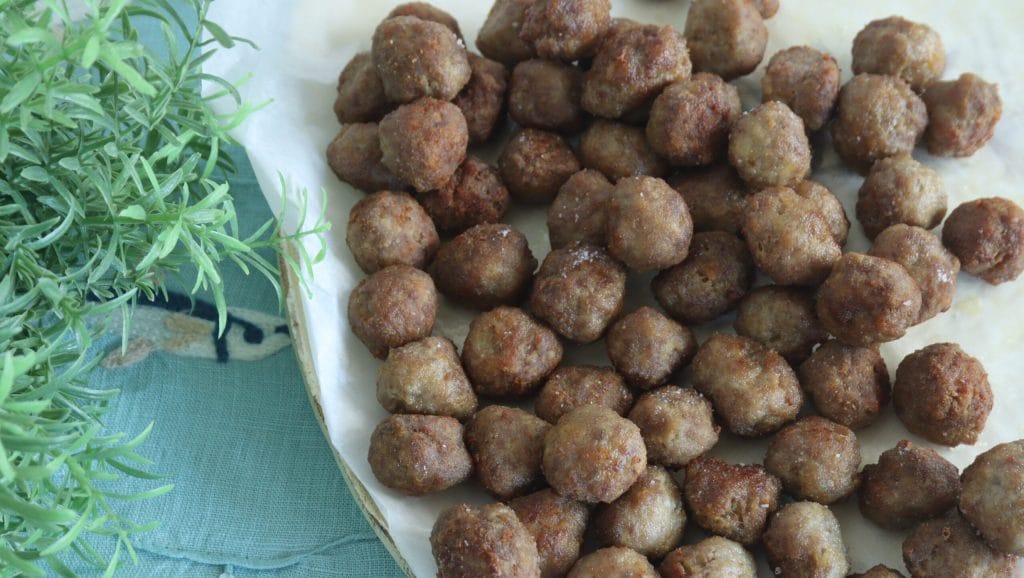
In a bowl with hot water, rehydrate the dried mushrooms.
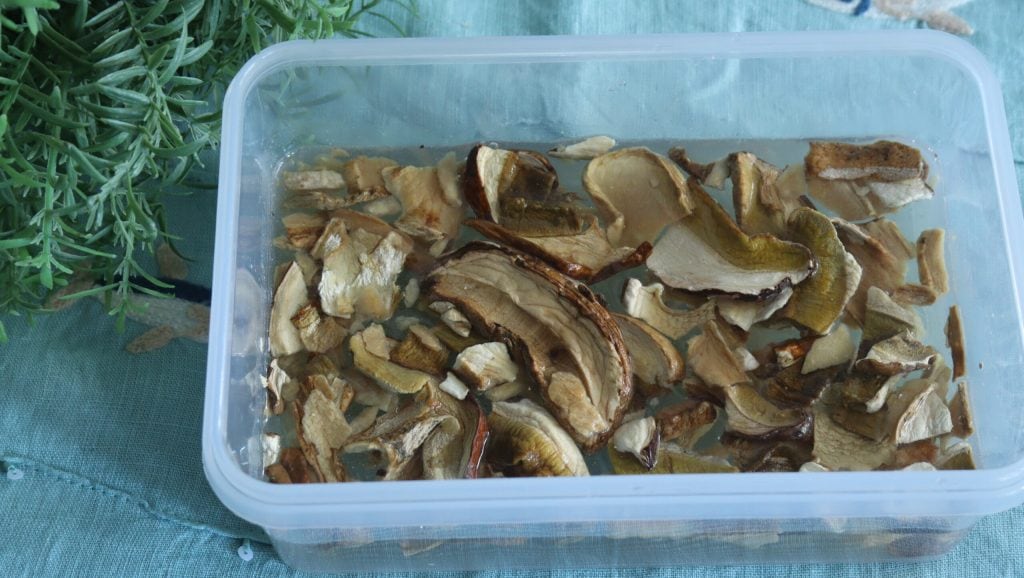
Put 1 cup of water in a small pot and dissolve the tomato paste in it.
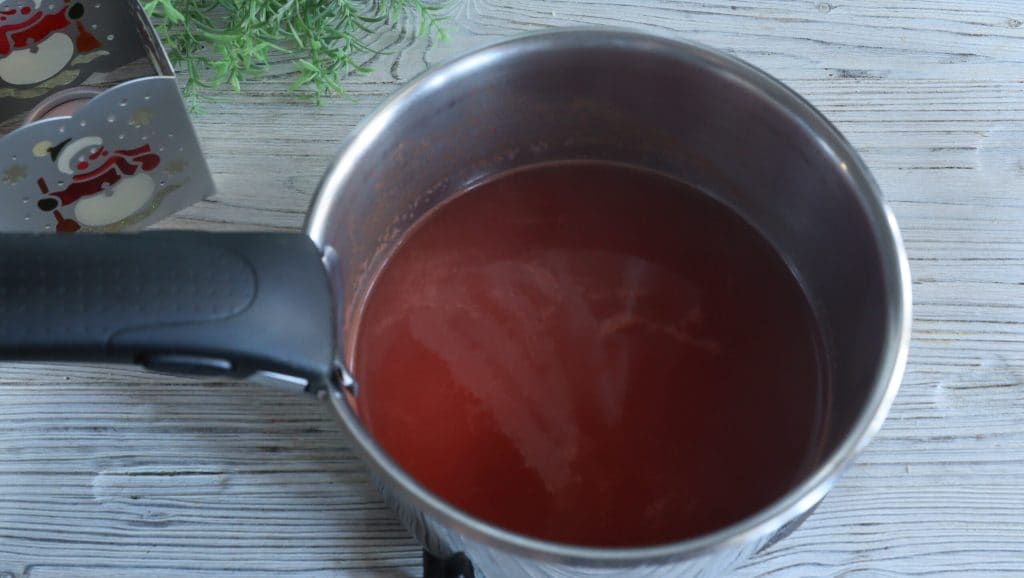
Brush the baking cups with oil and sprinkle with breadcrumbs.
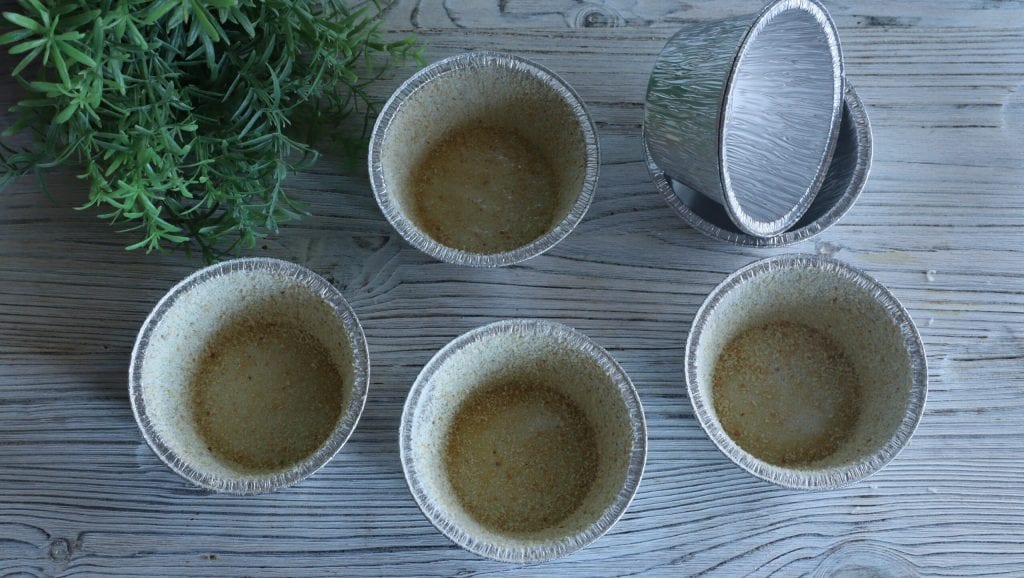
Chop the onion and let it brown in a pan with the olive oil, without burning but simply softening it.
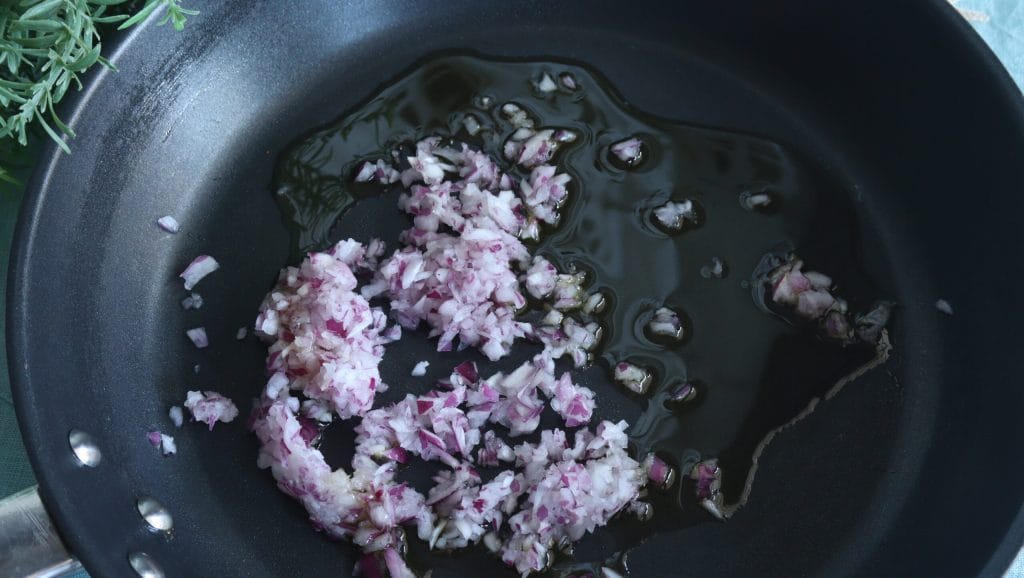
Add the rehydrated dried mushrooms, cut into pieces, and the frozen peas without defrosting them, just take them out of the freezer half an hour before.
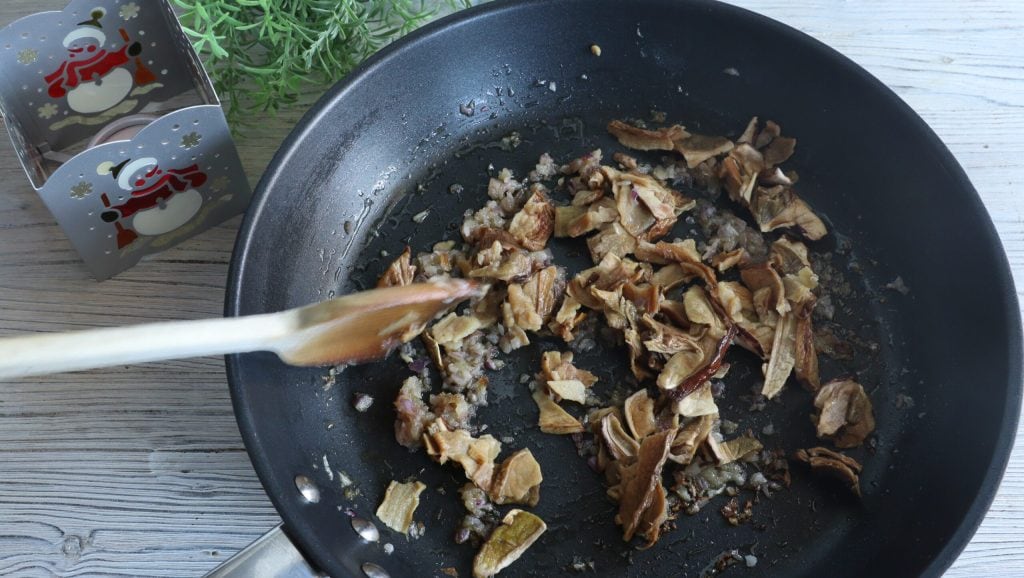
Boil the water with the tomato paste and add it to the pan with the mushrooms and peas.
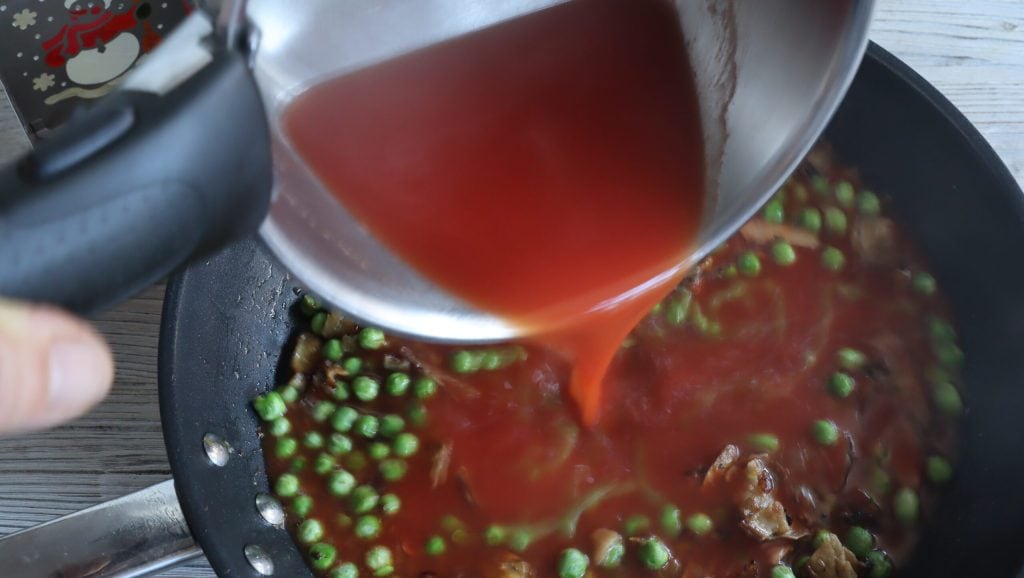
Let them cook for 10 minutes.
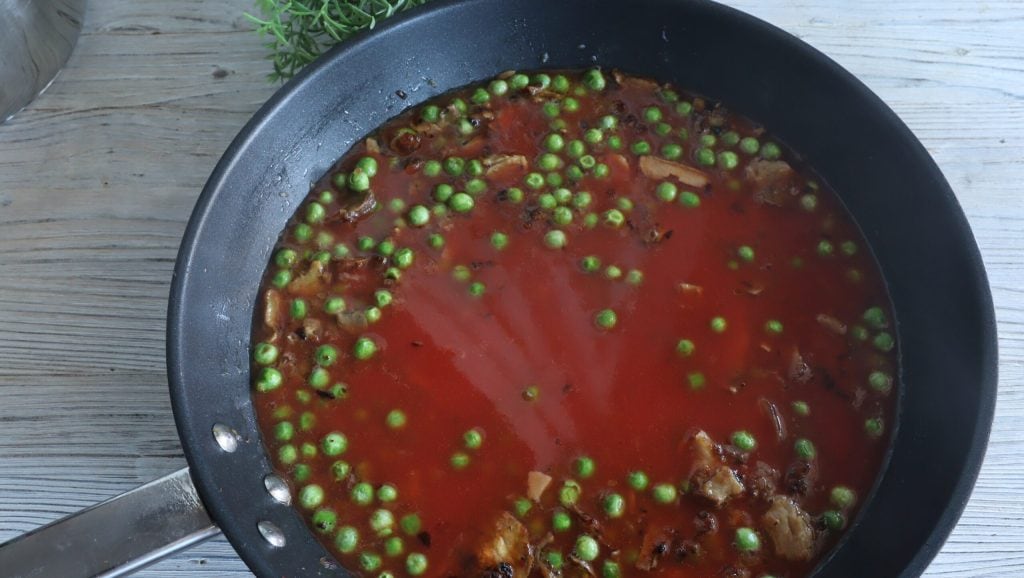
Put half of the cooked peas and mushrooms together with the rice, and in the remaining half in the pan, crumble the two sausages without skin.
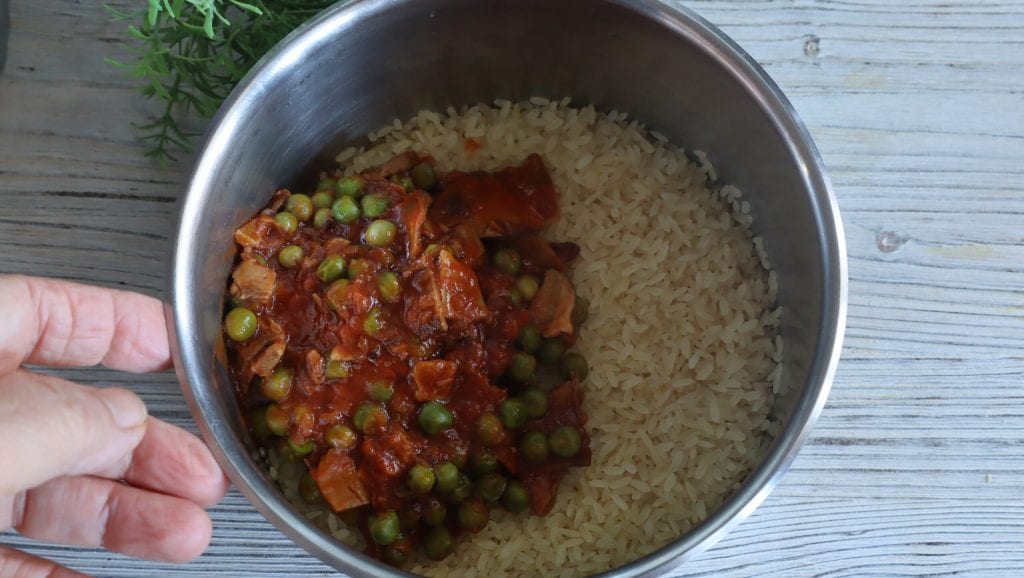
Mix and cook for 15 minutes.
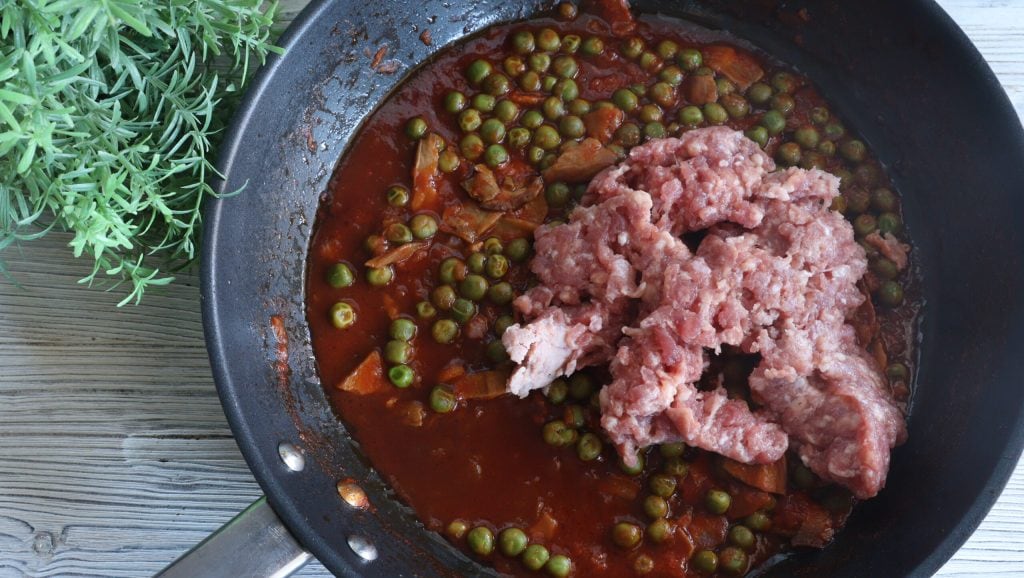
Add hot water until cooking is complete, it will take 12 minutes, after which put a knob of butter and mix.
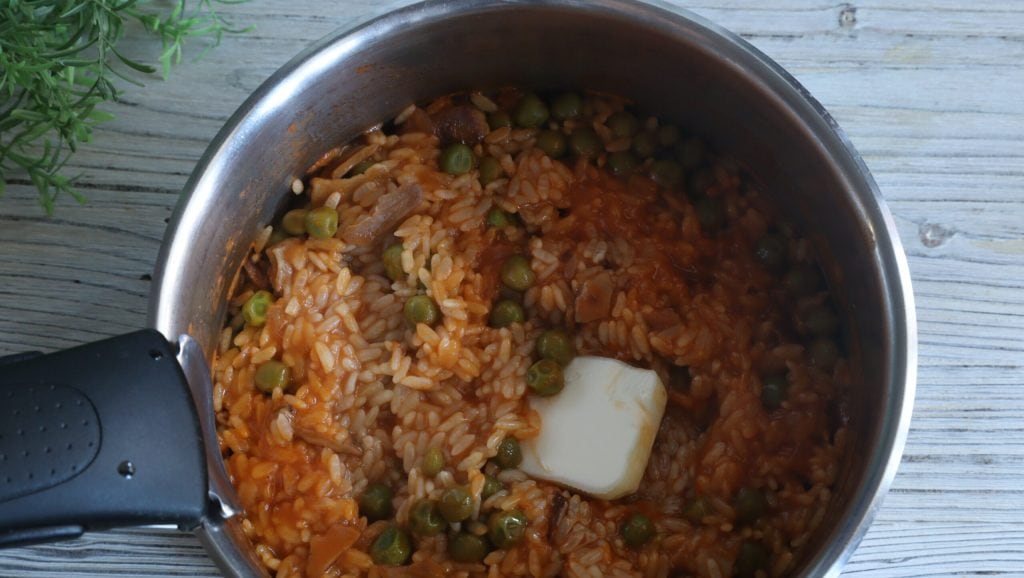
Add one egg.
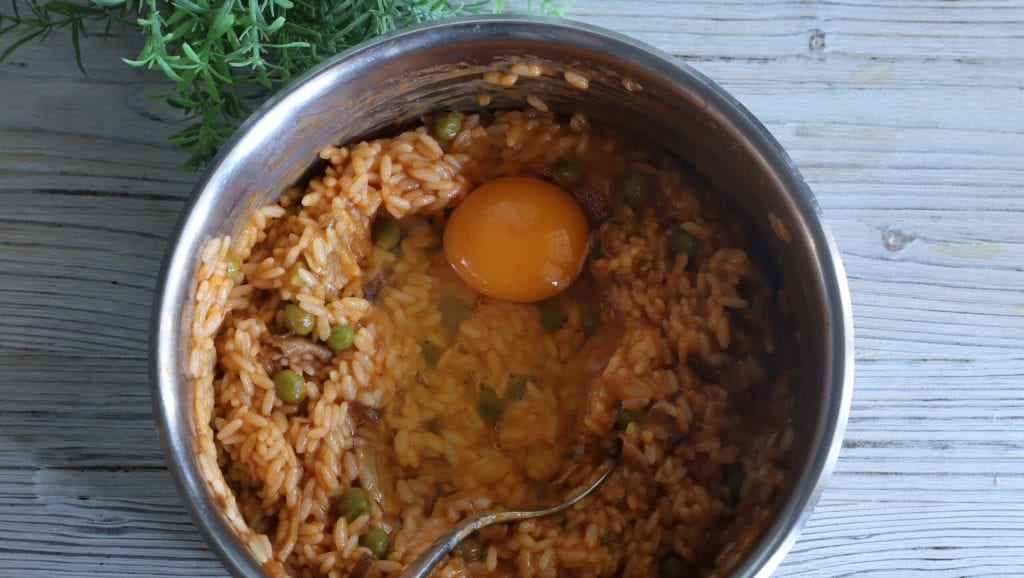
and then another and mix vigorously to blend them well.
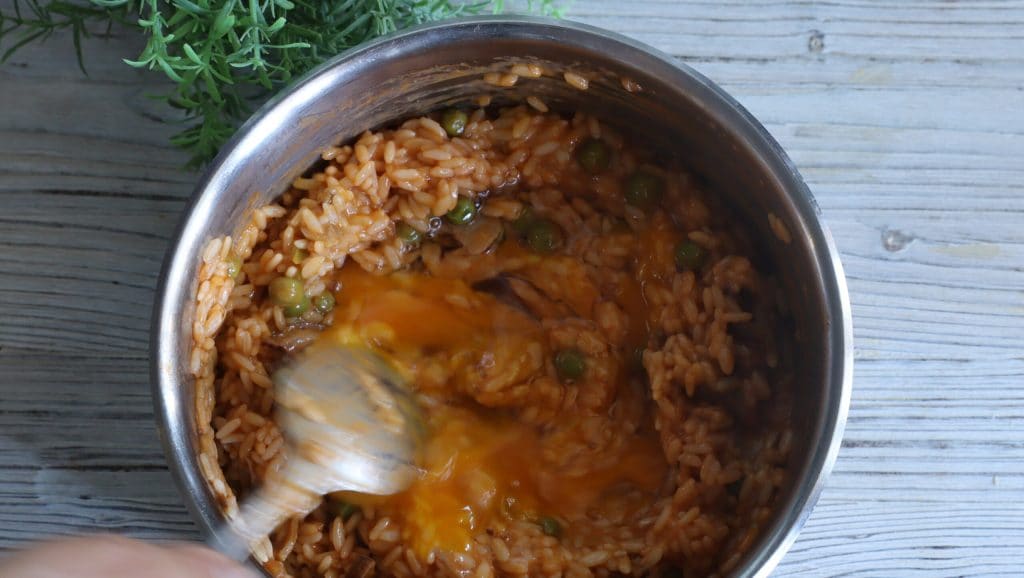
Add the parmesan, and the rice is ready.
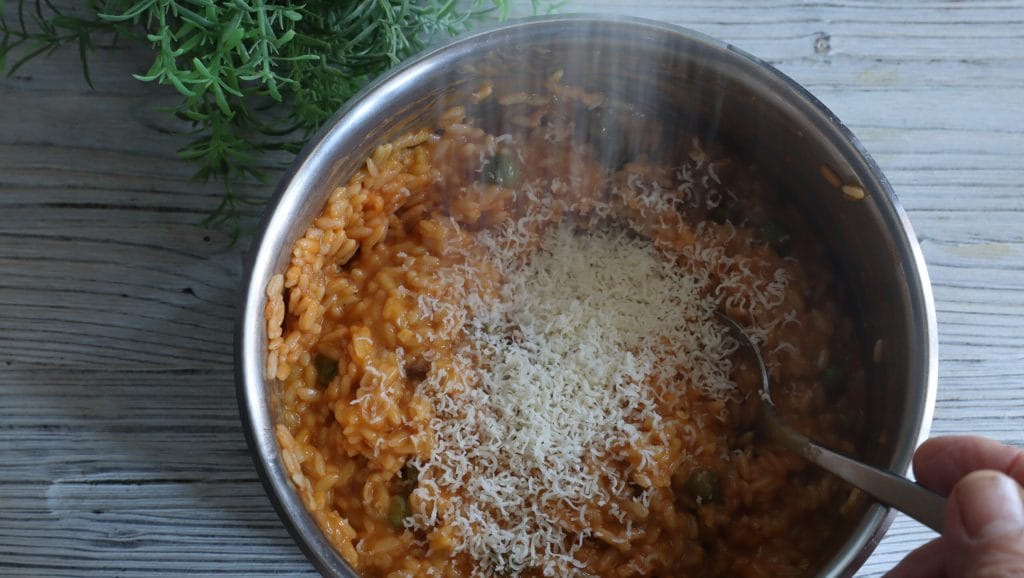
In the baking cup, distribute two tablespoons of rice, in the center put a tablespoon of peas with mushrooms and sausage, three meatballs, and pieces of provola.
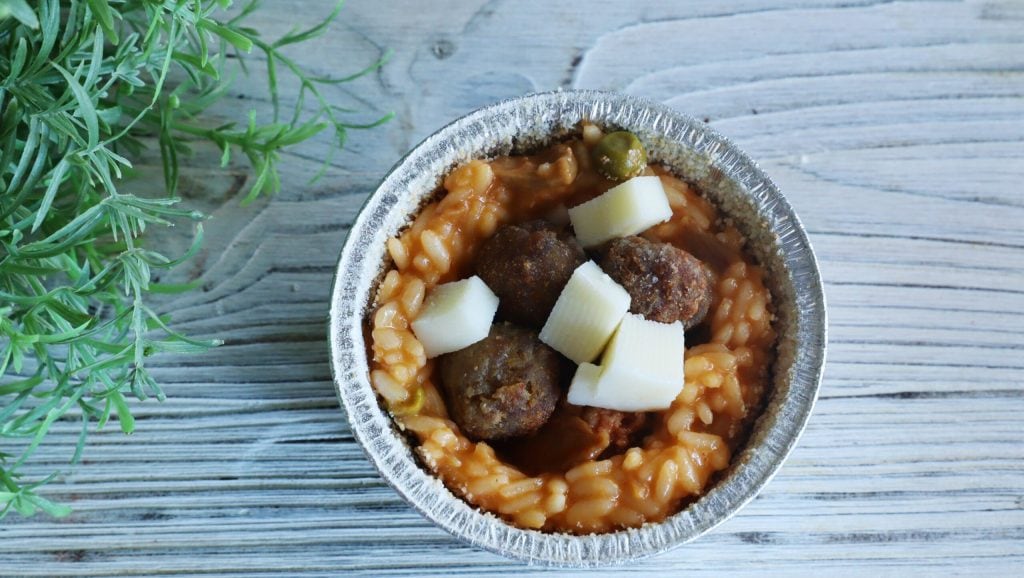
Close with a little rice.
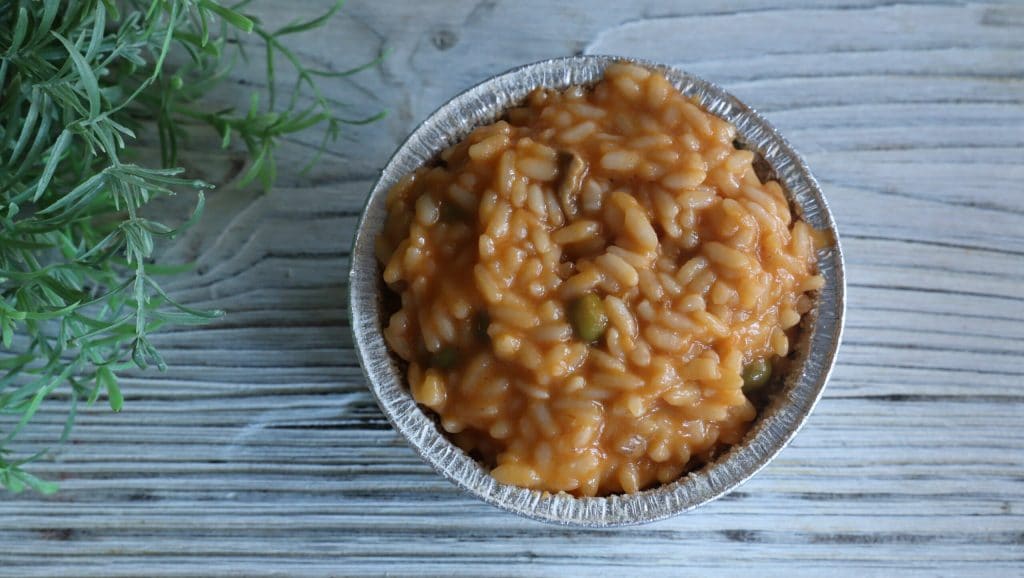
Before placing in the oven at 350°F for 20 minutes, sprinkle them with breadcrumbs and a small knob of butter.
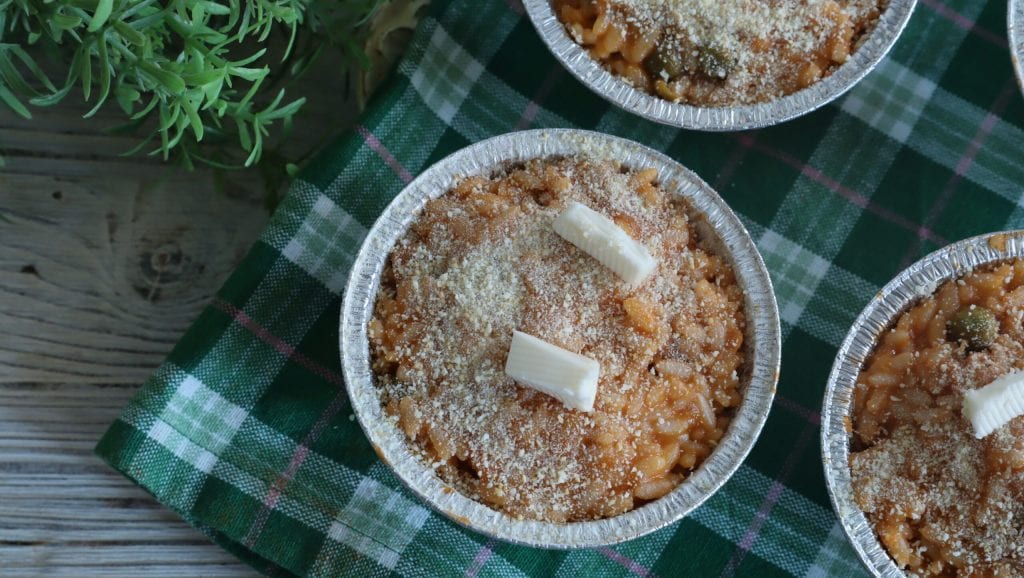
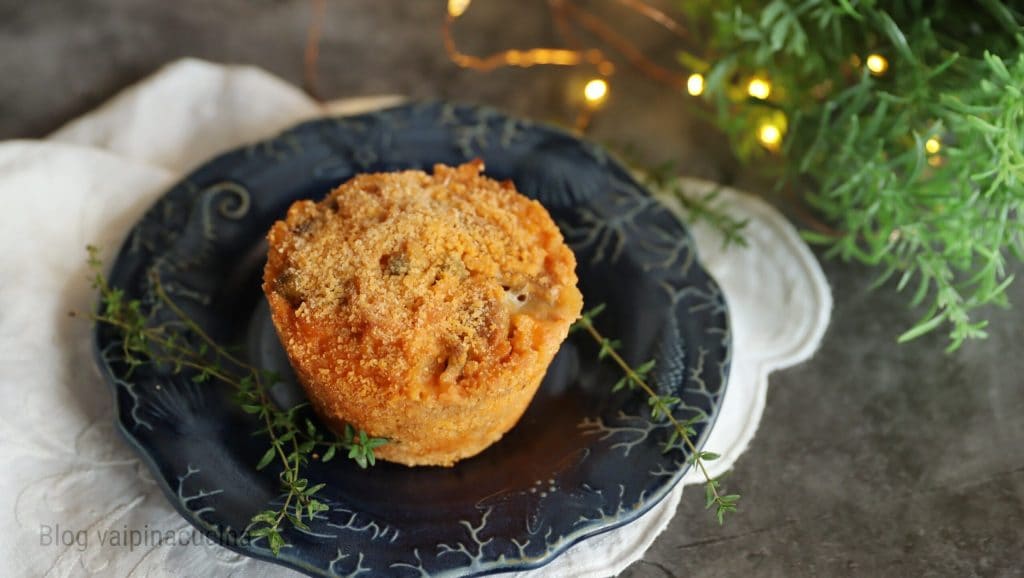
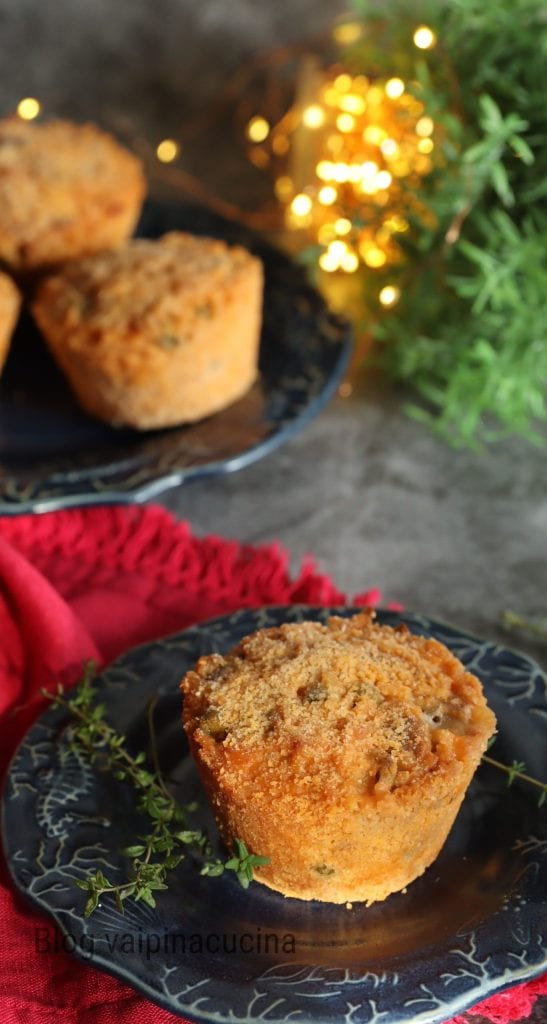
Variations
Not all sartù di riso are the same, I am not Neapolitan but Sicilian, so my sartù di riso are different, they are individual portions. Ideal for parties already portioned and fantastic for those who have really many guests at their table.
Not all sartù di riso are the same, I am not Neapolitan but Sicilian, so my sartù di riso are different, they are individual portions. Ideal for parties already portioned and fantastic for those who have really many guests at their table.
Not all sartù di riso are the same, I am not Neapolitan but Sicilian, so my sartù di riso are different, they are individual portions. Ideal for parties already portioned and fantastic for those who have really many guests at their table.
FAQ (Frequently Asked Questions)
Which Italian region produces the largest amount of rice?
The region with the most rice cultivated is Piedmont with the cities of Vercelli with Biellese rice and that of Baraggia, one of the most famous in Italy.
What is the most prized rice?
The rice considered the best quality along with Vialone Nano and Arborio is surely Carnaroli. Suitable for all recipes and always stays al dente.

